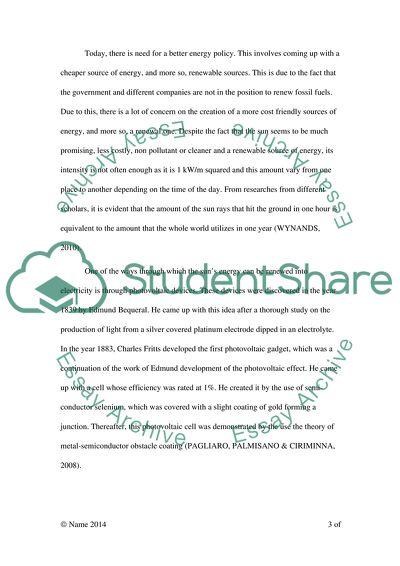Cite this document
(Organic Solar Cells Report Example | Topics and Well Written Essays - 2500 words, n.d.)
Organic Solar Cells Report Example | Topics and Well Written Essays - 2500 words. https://studentshare.org/physics/1830141-organic-solar-cells-chapter-1
Organic Solar Cells Report Example | Topics and Well Written Essays - 2500 words. https://studentshare.org/physics/1830141-organic-solar-cells-chapter-1
(Organic Solar Cells Report Example | Topics and Well Written Essays - 2500 Words)
Organic Solar Cells Report Example | Topics and Well Written Essays - 2500 Words. https://studentshare.org/physics/1830141-organic-solar-cells-chapter-1.
Organic Solar Cells Report Example | Topics and Well Written Essays - 2500 Words. https://studentshare.org/physics/1830141-organic-solar-cells-chapter-1.
“Organic Solar Cells Report Example | Topics and Well Written Essays - 2500 Words”. https://studentshare.org/physics/1830141-organic-solar-cells-chapter-1.


